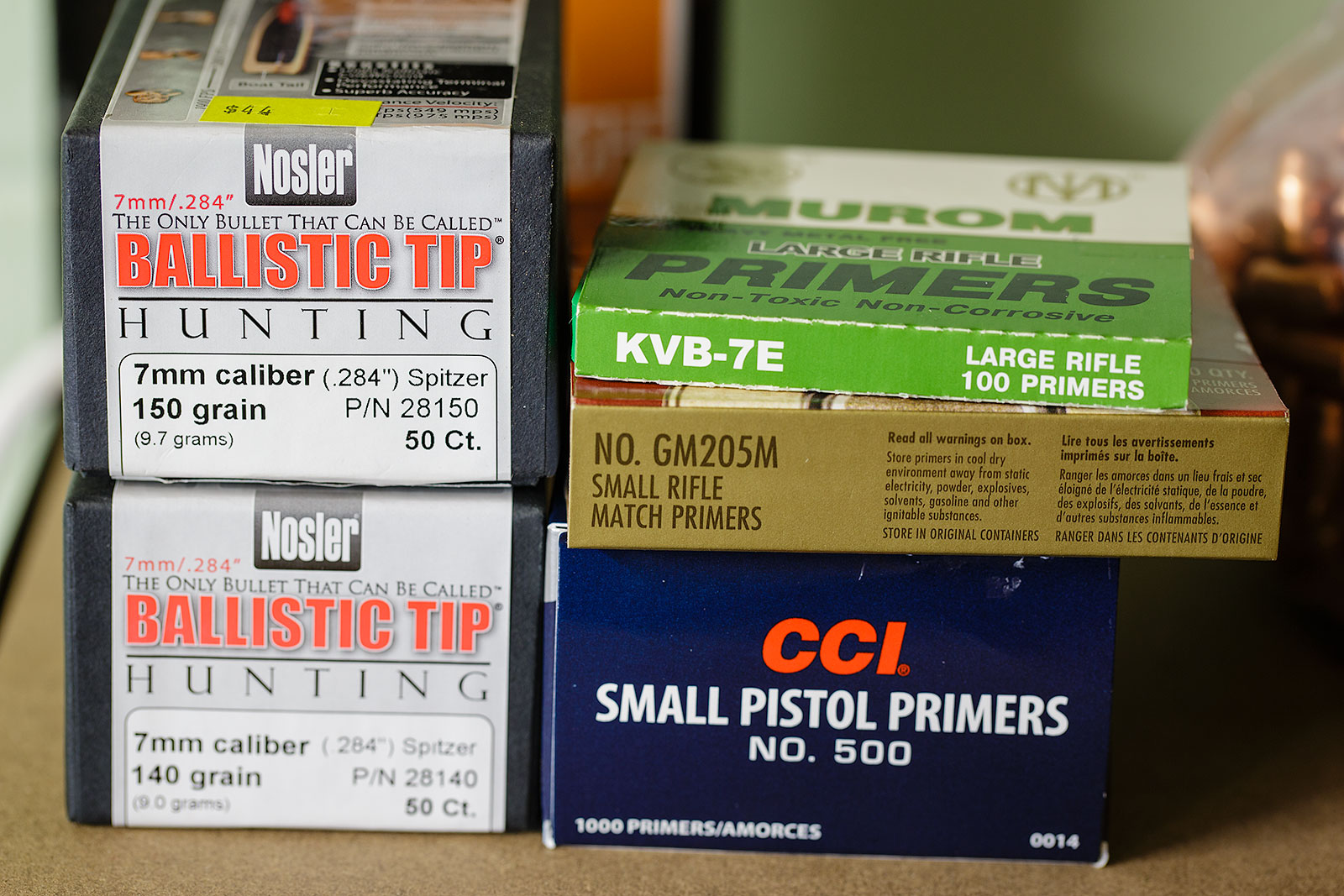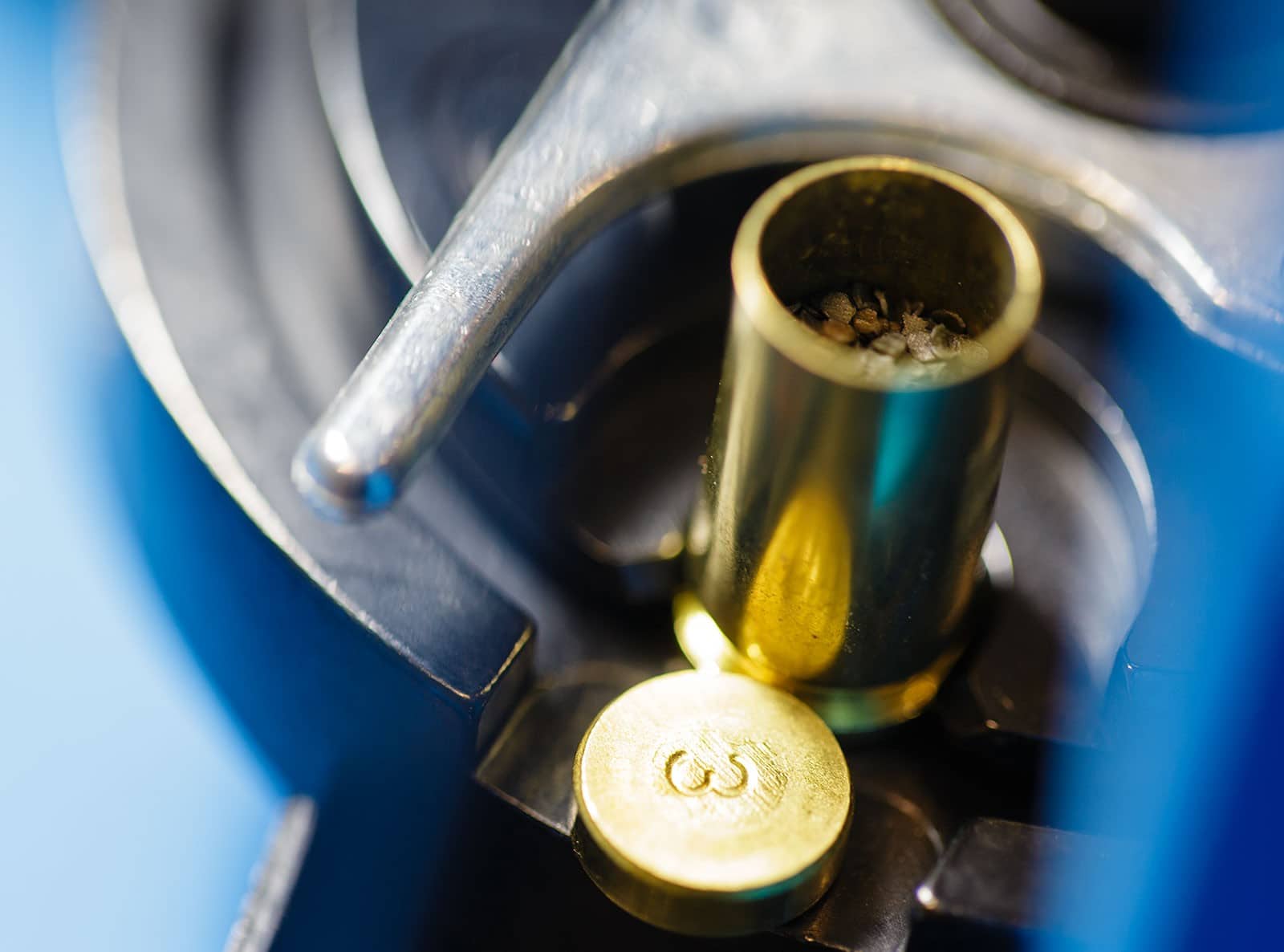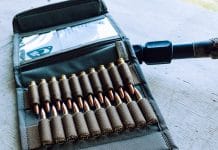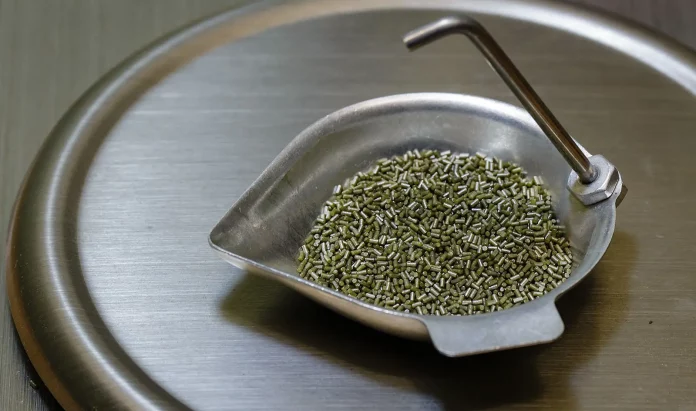Grains and Grams.
These days, the grain is most commonly used to measure the mass of bullets and gunpowder. It can refer to a single grain of gunpowder – but as a weight this can vary depending on the type of powder being referred too.
In reloading
In reloading, charge weights, that is, the amount of propellent put into the empty case before the bullet is seated, is commonly measured and expressed in grams.
For example
For example, a standard load for 308 may call for a 168 grain projectile, with 42 grains of powder, seated to an overall cartridge length of 2.8 inches. So as you can see – the grain, as a measurement refers both to the amount of powder, and the weight of the projectile (bullet) being used.
In factory ammunition
In the case of factory ammunition, when grains are mentioned, it’s high probably that the packaging is referring solely to the weight of the projectile used. For example, in the case of 9mm pistol ammunition – you can often find 115, 124 and 147 weights. This means that a higher weight projectile (and generally larger) is used as you go up. Put simply, Bullet weight affects how a bullet flies and what happens when it hits a target. Heavier bullets are going to travel slower, but will also have more momentum and be less affected by things like wind or twigs. However a smaller, lighter bullet is going to get there faster and flatter but can be blown around more.

While the amount of powder will often vary a little as well, this isn’t often referred to on the packaging. It’s primarily bullet weight you are referring too when talking grains and factory loads.
How accurate do I need to be?
This is an often hotly contested subject. Though general consensus seems to be .1 grains is fine for most, though many benchrest and competition shooters are going to want to go to 0.01.
Couple of things to remember here – firstly, on a set of scales, resolution doesn’t not mean accuracy. What it is showing on the screen / scale and what it is measuring too can be two different things. Secondly, you need to have everything else in regards to your shooting, meaning your technique, firearm and environment all to be fairly well shorted before you are likely to notice much difference between .1 and .2 grains of powder.
In fact, testing systems like OCW are trying to find load weights that are resilient to variations.

Weight or Volume?
Also remember, that combustion of gunpowder is also affected by the volume of the case it is ignited in. Even if you perfectly match the amount of grains in a load, two different sized cartridges will affect the final result. Hence why people will sort shells and projectiles by weight (and internal volume).






















You must be logged in to post a comment.